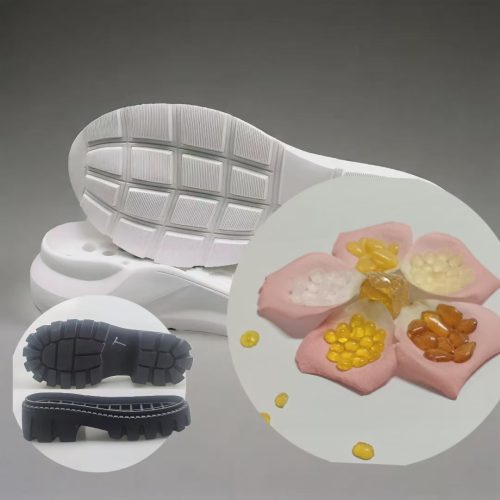
How Shoe Sole Manufacturers Choose Different Petroleum Resins for Different Soles
Petroleum resins play a critical role in sole manufacturing by enhancing adhesion, improving material compatibility, and boosting physical-mechanical properties. Below is a detailed analysis of their applications and selection criteria:
1. Enhancing Adhesion Performance
PVC Soles: As a tackifier, Kaiying C9 hydrogenated petroleum resin (e.g., KY-C9R100 ) interacts with PVC surface molecules to form strong bonds, significantly improving interlayer adhesion and cohesion .
Multilayer Sole-Upper Bonding: Compatible with EVA and SBS, Kaiying resins increase bond strength and prevent delamination .
2. Optimizing Material Properties
Reinforcement & Flexibility: In rubber soles, C5 resins (e.g., KY-C5R110) improve tensile strength, elongation, and tear resistance while softening the material for better flexibility .
Weather Resistance: Hydrogenated C9 resins (e.g., Kaiying KY-C9H100 ) offer acid/alkali resistance and UV stability, ideal for outdoor footwear .
3. Streamlining Processing
Reduced Mixing Time: Resins like C5/C9 copolymers enhance rubber compound flow during vulcanization, lowering energy consumption .
Hot-Melt Adhesives: Kaiying hydrogenated resins (softening point 95–105°C) ensure thermal stability during sole pressing .
4. Special Requirements
Low Odor & Light Color: Hydrogenated resins suit medical or light-colored soles due to water-white clarity and minimal VOC .
Cost Efficiency: Petroleum resins are cheaper than natural tackifiers without sacrificing performance .
Manufacturers select resins based on material compatibility (PVC/rubber/EVA) and performance needs (adhesion, flexibility, or weather resistance). For example, C5 excels in rubber soles, while hydrogenated C9 suits high-end applications. Kaiying and other brands offer tailored solutions to meet these demands .